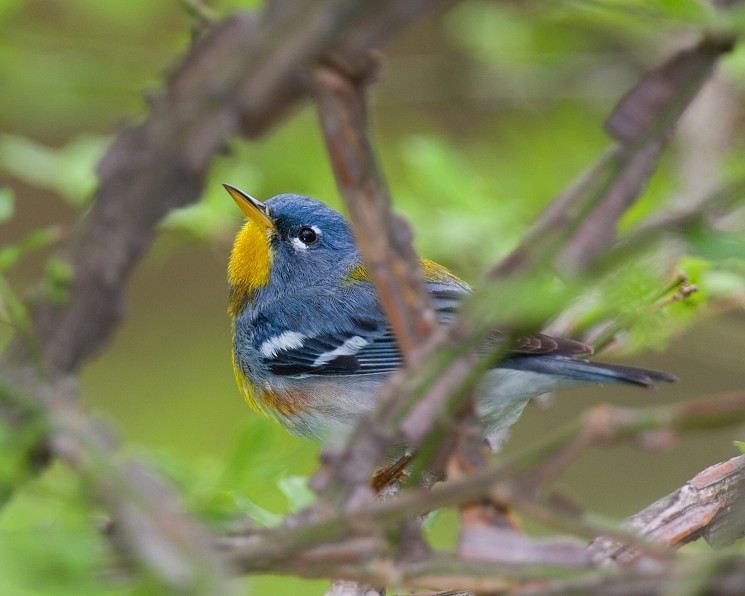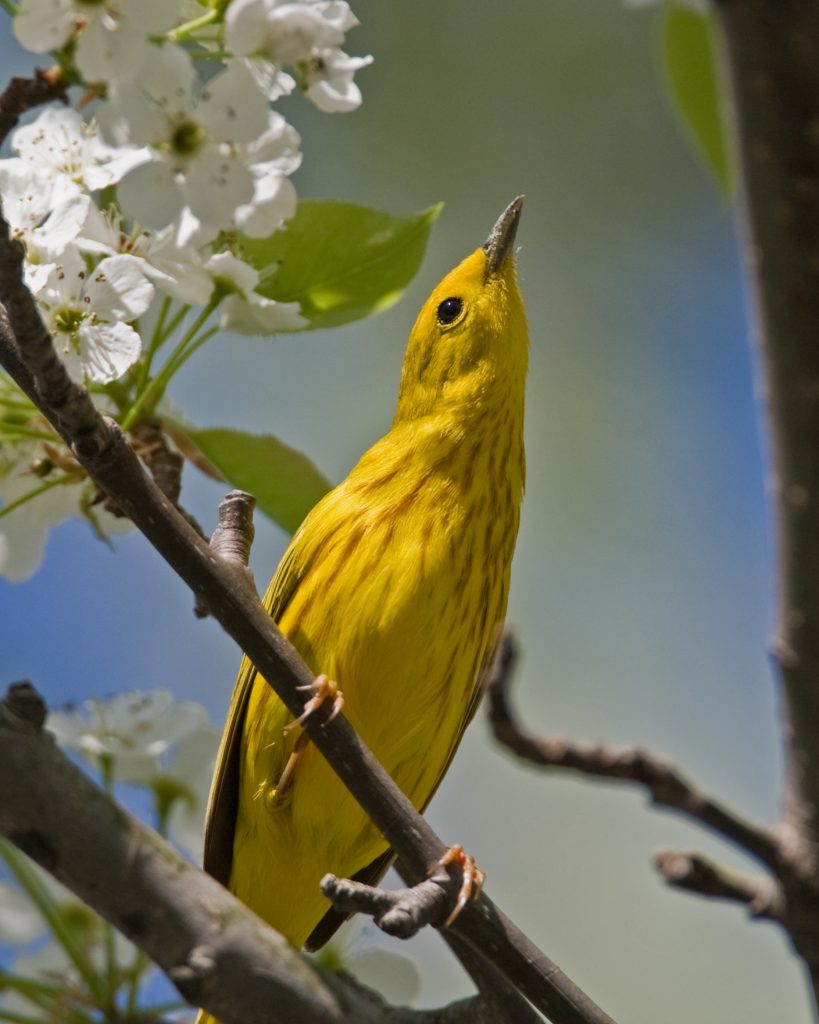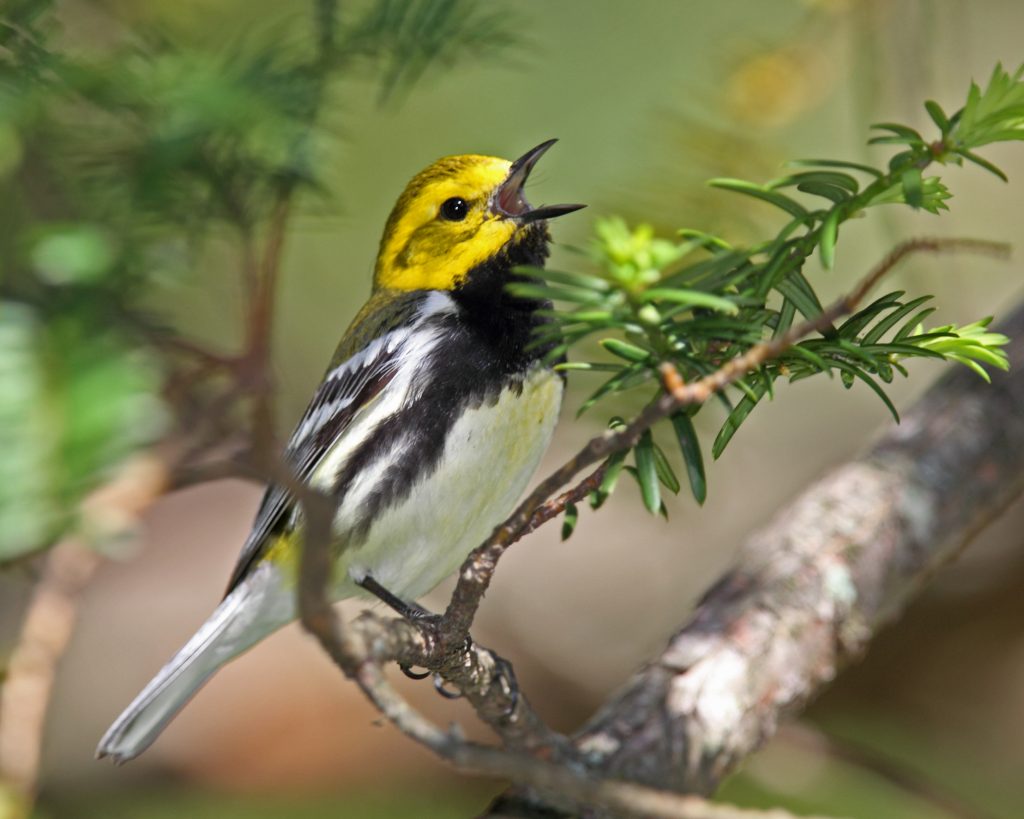Bird Population Declines – And How We Can Help

Ornithologists have long recognized Mount Auburn as one of metropolitan Boston’s most important bird refuges. Its 175 acres of green space and rich vegetation are crucial resources amid recent urbanization trends. A 2019 study from the Cornell Lab of Ornithology reports that there are three billion fewer birds in the U.S. and Canada since 1970, meaning one in four birds has disappeared over the past fifty years, with steepest declines in the eastern U.S. And according to the annual State of the Birds Report, a comprehensive analysis on bird populations in America published by the Secretary of the Interior since 2009, nearly a third of the nation’s 800 bird species are endangered, threatened, or in significant decline due to habitat loss, invasive species, and other threats. We recognize that these studies signal a broader ecological crisis. Luckily, we’re also aware that it’s not too late to help species which rely on ecosystems like those offered at Mount Auburn. We have therefore been prioritizing initiatives that are making the Cemetery an even better destination for both year-round and migratory bird populations, both through habitat enhancement throughout our landscape and collecting data (with the help of our community) on how well these habitats are serving their populations.
In recent years, Mount Auburn has become a living laboratory for scientists studying wildlife populations like our many species of birds. We now also have a multi-generational team of over 100 well-trained volunteers making it possible for these scientists to acquire the data they need at a much higher volume than they (or our own staff) would ever be able to on their own. These volunteers are part of our Citizen Science Program, now in its fifth year, with studies on phenology in our landscape each spring and fall to help us track changes in the timing of leaf, flower, and insect emergence related to weather and climate disruption (which impacts food availability for migratory birds). The program also features a new survey (launched in 2019) of breeding bird abundance and distribution throughout the Cemetery.
We have partnered with Brooks Mathewson, an ecologist with a long history of birding at Mount Auburn, to lead the program ever since its first year. Looking ahead to 2020, he will once again offer a series of workshops, training walks, and educational materials to teach our team of volunteers how to collect data for three studies in the spring and fall: breeding birds, red-backed salamanders, and phenology. Brooks then organizes, enters, analyzes, and summarizes the data; and he follows up with reports on the findings. With every year of data and analysis, we are better able to take a proactive approach to determining what adjustments need to be made in our landscape to maintain this rare resource: a thriving, sustainable urban wildlife habitat.Our Citizen Science Program would not be possible without support from friends like you; please donate today! If you are interested in becoming a volunteer, contact Wildlife Conservation & Sustainability Manager Paul Kwiatkowski at pkwiatkowski@mountauburn.org
Top photo is of a Northern Parula, by Brooks Mathewson


Leave a Reply